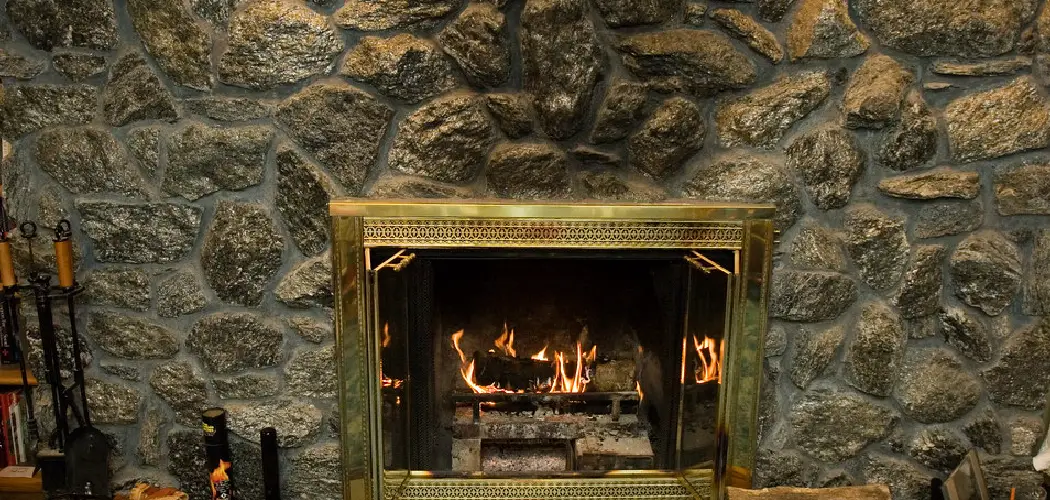Running a gas line for your fireplace can seem like an intimidating task, but with the right tools and knowledge, it can be a relatively simple process. Installing a gas line for your fireplace is a great way to add warmth and ambiance to your home without the hassle of cleaning up ashes or chopping firewood.
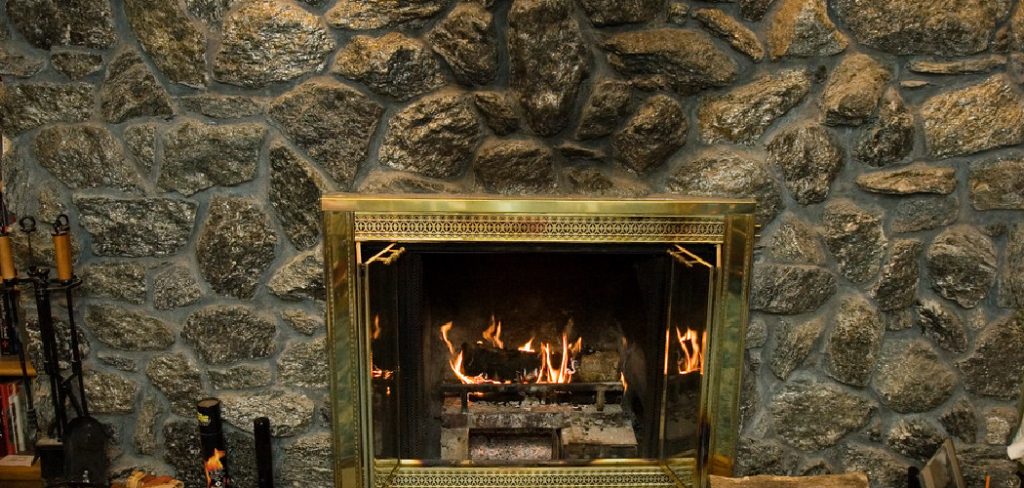
In this guide, we will take you through the steps of how to run a gas line for fireplace, so you can enjoy cozy nights by the fire in no time. So let’s get started!
Understanding Gas Fireplace Systems
Before beginning the process of running a gas line for your fireplace, it’s important to understand how gas fireplace systems work. Gas fireplaces typically have two main components – the burner and the control valve.
The burner is responsible for creating flames and heating your room while the control valve regulates the amount of gas flowing into the burner. It’s crucial to have a proper understanding of these components to ensure the safety and efficiency of your gas fireplace.
Tools and Materials You Will Need to Run a Gas Line for Fireplace
- Gas line pipe (determined by the distance from the source to your fireplace)
- Shut-off valve
- Pipe fittings and adapters
- Teflon tape or pipe thread sealant
- Wrenches or pipe wrenches
- Gas leak detector solution or soapy water
- Measuring tape
- Pipe cutter or hacksaw
Step-by-step Guidelines on How to Run a Gas Line for Fireplace
Step 1: Plan and Measure
Before purchasing any materials, it’s important to plan and measure the distance between your gas source and where you want to install your fireplace. Keep in mind that for safety reasons, there should be at least three feet of clearance around your fireplace. Measure the distance accurately to ensure you purchase the right length of gas line pipe. This is also the time to decide on the location of your shut-off valve.
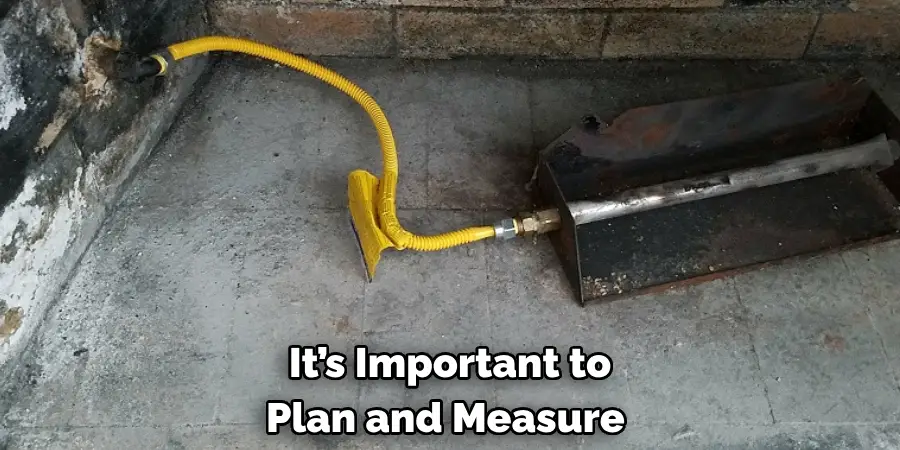
Step 2: Prepare Your Work Area
Make sure your work area is clear and has proper ventilation before beginning any installation process. This will prevent any accidents or mishaps while working with gas lines. Also, make sure to wear protective gear such as gloves and goggles. Preparing your work area properly is crucial for a successful installation. This may also include turning off any gas or electricity running in your home.
Step 3: Install the Shut-off Valve
The shut-off valve is an important safety feature for any gas line installation. This valve allows you to turn off the supply of gas to your fireplace in case of emergency or maintenance needs. Begin by applying Teflon tape or pipe thread sealant to the threads of the valve. Then use a wrench or pipe wrench to tighten the valve onto the gas line. While attaching the valve, make sure to leave enough space between it and the wall for future maintenance or repairs.
Step 4: Install and Connect the Gas Line
Next, it’s time to install and connect your gas line. Follow the manufacturer’s instructions for attaching any fittings or adapters needed for your specific fireplace model. Use Teflon tape or pipe thread sealant on all connections to ensure a secure and leak-free installation. You may also use a gas leak detector solution or soapy water to check for any leaks before proceeding.
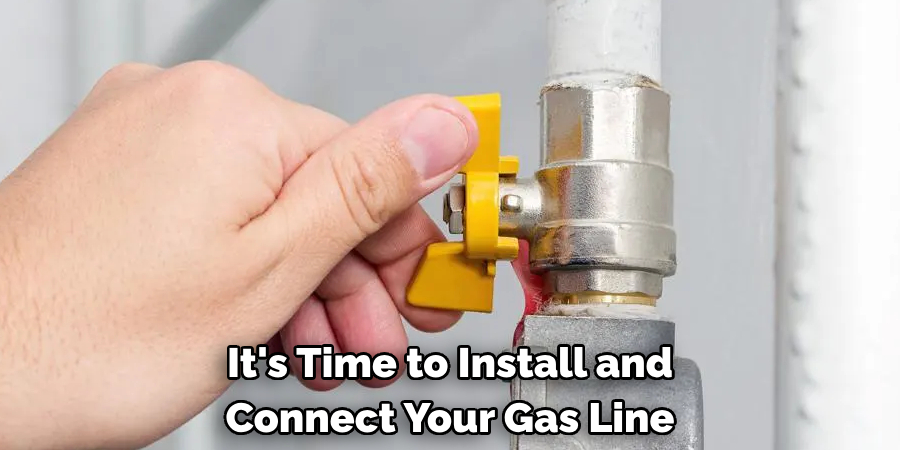
Step 5: Test Your Installation
After completing the installation, it’s essential to test your work before using your fireplace. Turn on the gas supply and light the fireplace for a few minutes. Then, turn off the gas and check for any leaks using a gas leak detector solution or soapy water. If you detect any leaks, tighten the connections and retest until there are no more leaks present. Make sure to follow all safety precautions and manufacturer’s instructions while testing.
Following these steps will ensure a safe and efficient installation of your gas line for your fireplace. Remember to always consult a professional if you are unsure about any part of the process or encounter any issues during installation. Enjoy your new cozy fireplace with peace of mind and warmth!
Additional Tips and Tricks to Run a Gas Line for Fireplace
1. If you are unsure about how to run a gas line for your fireplace, it is always best to consult a professional. They have the knowledge and experience to ensure that the gas line is installed safely and correctly.
2. Before starting any work, make sure to turn off the main gas supply and shut off all gas appliances in your home. This will prevent any accidents or leaks while you are working on the gas line.
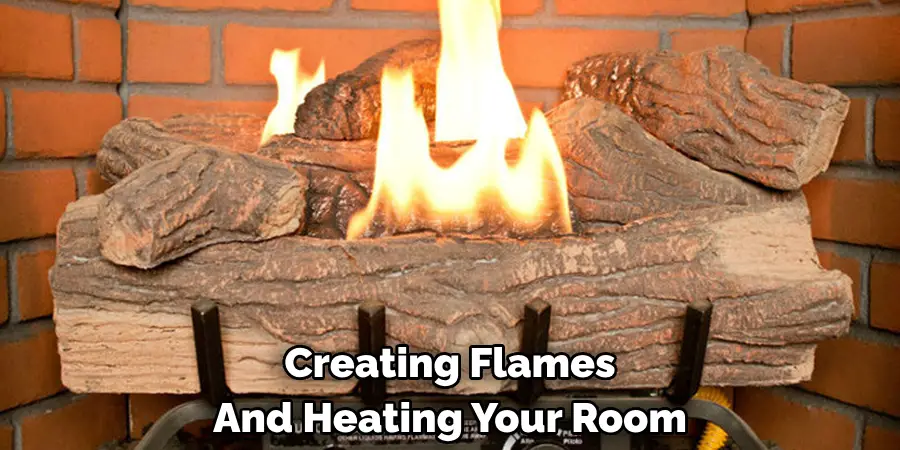
3. When laying out the gas line, make sure to use a flexible pipe for easier installation and to allow for movement of the fireplace if needed. It is also important to choose the correct size and type of pipe according to your local building codes.
4. Use gas-rated sealant when connecting pipes and fittings. This will ensure that there are no leaks in the gas line.
5. When connecting the gas line to the fireplace, make sure to use a designated gas appliance connector and not regular household pipes or hoses. These connectors are specifically designed for gas appliances and will ensure safety and proper functioning.
6. Keep all connections tight and secure using appropriate tools such as pipe wrenches. Loose connections can lead to gas leaks, which can be dangerous.
7. Once the gas line is installed, it is important to test for any leaks before using the fireplace. This can be done by applying a mixture of soap and water on all connections and looking for bubbles. If there are any bubbles, this indicates a leak, and the connection should be tightened or replaced.
8. It is recommended to install a gas line shutoff valve near the fireplace for easy access in case of emergency.
9. Regularly check and maintain the gas line and connections for any signs of wear or damage. This will ensure the safe operation of your fireplace and prevent any accidents.
10. If you are not comfortable installing a gas line yourself, it is best to hire a professional technician who is licensed and experienced in gas line installations.
11. Remember to always follow the manufacturer’s instructions and local building codes when installing a gas line for your fireplace.
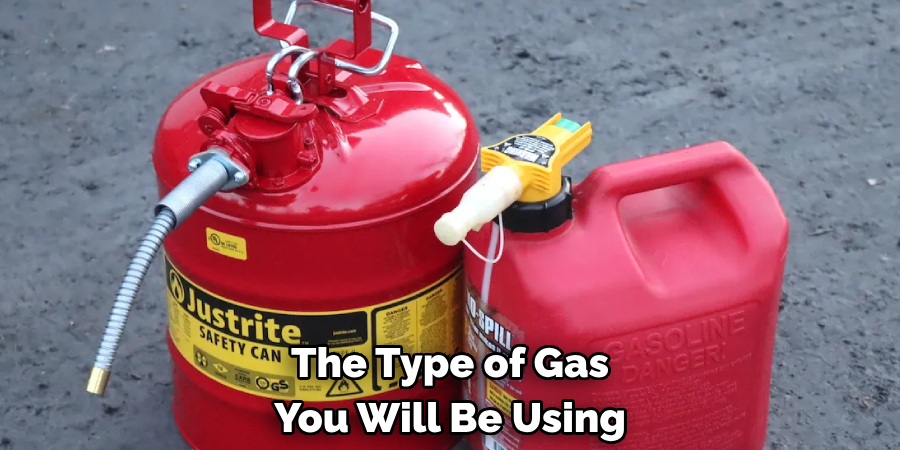
Following these additional tips and tricks will ensure a safe and successful installation of a gas line for your fireplace. It is important to prioritize safety when working with gas, so do not hesitate to seek professional help if needed. With proper installation and maintenance, you can enjoy the comfort and warmth of your fireplace for years to come. So, stay safe and happy heating!
Things You Should Consider to Run a Gas Line for Fireplace
1. The first thing you should consider when running a gas line for your fireplace is to consult with a professional. It’s important to have the gas line installed correctly and safely to avoid any potential hazards.
2. Another important factor to consider is the type of gas you will be using. Natural gas and propane are the two most common options for fireplaces. It’s essential to understand the differences between the two and choose the one that best suits your needs.
3. Before running a gas line, it’s crucial to check local building codes and regulations. These codes may vary depending on your location, and it’s essential to follow them to ensure the safety and legality of your installation.
4. You should also consider the location of your gas line. It’s recommended to install the line along an exterior wall for easier access and maintenance. However, if this is not possible, make sure there is enough space for ventilation.
5. When running a gas line, you must also think about the size of the line. The gas line’s diameter will depend on how many appliances you plan to connect to it and their distance from the source.
6. It’s crucial to use appropriate materials for your gas line, such as flexible or rigid pipes designed for natural gas or propane. Avoid using plastic pipes, as they are not suitable for this type of installation.
7. Safety is a top priority when installing a gas line for your fireplace. Make sure to turn off the main gas supply before starting any work and use proper protective equipment, such as gloves and goggles.
8. If you’re not experienced in installing gas lines, it’s best to hire a licensed professional. They have the necessary knowledge and skills to ensure the installation is done correctly and safely.
9. It’s essential to have your fireplace and gas line inspected regularly by a professional. This will help identify any potential issues and ensure the safety of your household.
10. Finally, make sure to familiarize yourself with the maintenance requirements for your gas line and fireplace. Regular cleaning and upkeep will not only prolong their lifespan but also ensure they operate efficiently.
Following these considerations will help you successfully run a gas line for your fireplace and enjoy its warmth and coziness without any worries. Remember to always prioritize safety and consult with professionals when needed. Happy fireplace season!
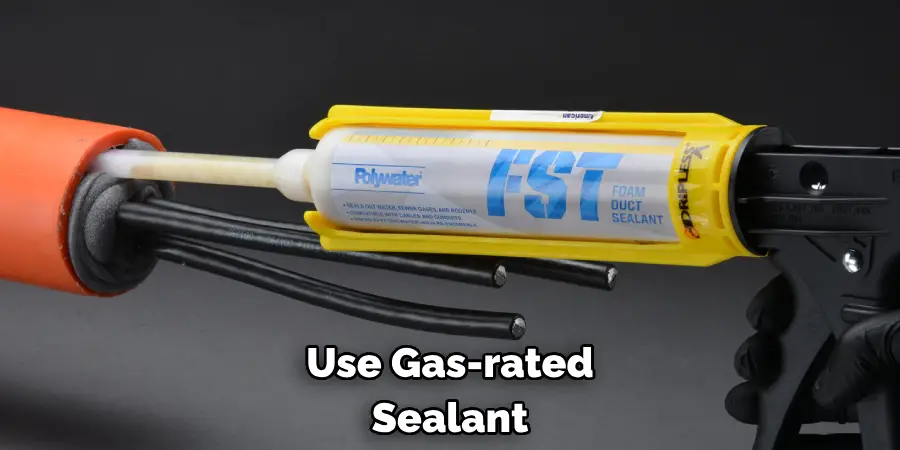
Troubleshooting Common Issues to Run a Gas Line for Fireplace
1. One common issue that may arise when running a gas line for your fireplace is gas leaks. If you smell gas or notice hissing sounds near the connections, turn off the main gas supply immediately and contact a professional.
2. Another problem could be an improper installation, which can lead to issues with the gas flow and potential hazards. This is why it’s crucial to hire a licensed professional for the installation.
3. In some cases, the gas line may need to be extended or rerouted for various reasons, such as renovations or changes in regulations. It’s essential to consult with a professional before making any modifications to your gas line.
4. If you’re using natural gas, another common issue could be low pressure in the line. This can cause the fireplace to not function properly, and it’s important to have a professional address this issue.
5. It’s essential to keep an eye on the condition of your gas line and fireplace over time. Any signs of wear and tear or damage should be addressed immediately by a professional.
6. If you notice any abnormal smells or noises coming from your gas line or fireplace, it’s important to have them inspected by a professional. These could be signs of potential issues that need immediate attention.
7. Another common issue with gas lines is blockages or obstructions, which can disrupt the proper flow of gas and potentially cause hazards. Regular inspections and maintenance can help prevent these problems.
8. Improper ventilation is also a common problem in fireplace installations. It’s crucial to make sure there is enough space around the gas line and fireplace to allow for proper ventilation and avoid potential hazards.
9. If you’re experiencing issues with your gas line or fireplace, it’s important to have them checked by a professional as soon as possible. Ignoring these problems can lead to more significant issues in the future.
10. Lastly, make sure to follow all manufacturer’s instructions and maintenance guidelines for your gas line and fireplace. This will help prevent issues and ensure their safe and efficient operation.
By being aware of these common issues and addressing them promptly, you can enjoy a hassle-free experience with your gas line and fireplace. Remember to always prioritize safety, consult with professionals when needed, and conduct regular inspections and maintenance to keep your installation in top condition. Happy fireplace season!
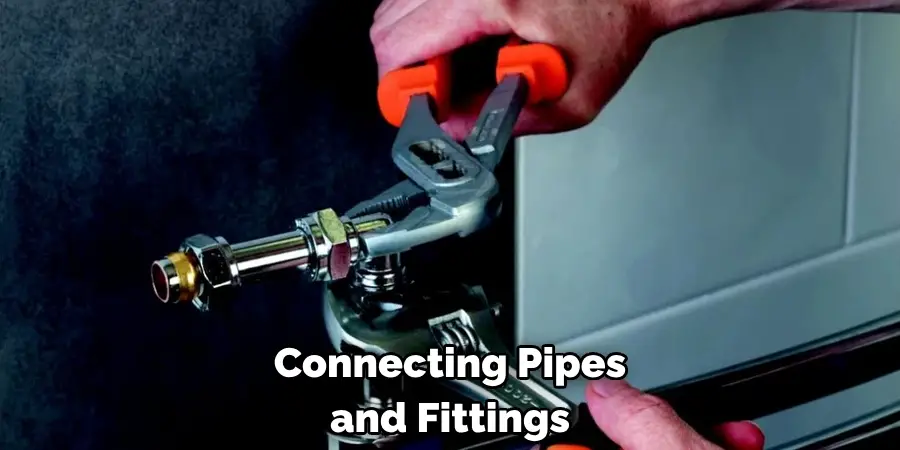
Precautions Need to Be Followed for Running a Gas Line for Fireplace
1. First and foremost, make sure that you consult a professional before installing a gas line for your fireplace. This is important because it requires specific knowledge and skills.
2. Ensure that the installation of the gas line is done per local codes and regulations. This will help ensure the safety of your home and its inhabitants.
3. Before starting any work, shut off the main gas supply and make sure all gas appliances are turned off. This will prevent any accidents from occurring.
4. The gas line should be installed in a safe location, away from any sources of heat or moisture such as electrical wiring or plumbing pipes.
5. It is recommended to use corrugated stainless steel tubing (CSST) for the gas line as it is flexible and easier to install compared to rigid pipes.
6. When installing the gas line, make sure it is properly secured with clamps or straps at least every 4 feet. This will prevent any movement and potential damage to the line.
7. The gas line should be inspected for leaks before connecting it to the fireplace. This can be done using a soap and water solution or with a gas leak detector.
8. Regular maintenance and inspections of the gas line should be done to ensure it is functioning properly and there are no leaks or damages.
9. When connecting the gas line to the fireplace, follow the manufacturer’s instructions carefully and use approved fittings and connectors.
Following these precautions will help ensure the safe and efficient operation of your fireplace. It is important to always prioritize safety when dealing with gas lines as they can be dangerous if not installed or maintained properly. If you have any doubts or concerns, do not hesitate to seek professional help. Remember, it’s better to be safe than sorry when it comes to gas line installations for fireplaces. Enjoy the warmth and ambiance of your fireplace with peace of mind by following these precautions. Happy heating!

Frequently Asked Questions
What is a Gas Line and Why Do I Need One for My Fireplace?
A gas line is a pipe that carries natural gas from the main supply to your fireplace. It is necessary for a gas fireplace as it provides fuel for the fire, eliminating the need for wood or other traditional fuel sources.
Can I Install a Gas Line Myself?
No, it is not recommended to install a gas line yourself. Gas lines require specialized knowledge and tools to ensure proper installation and safety. It is best to hire a licensed professional for this job.
How Much Does it Cost to Run a Gas Line for a Fireplace?
The cost of running a gas line for a fireplace can vary depending on factors such as the distance from the main gas supply, the type of gas line needed, and the complexity of the installation. It is best to consult with a professional to get an accurate cost estimate.
Is it Safe to Run a Gas Line for a Fireplace?
Yes, it can be safe to run a gas line for a fireplace if done correctly by a licensed professional. Gas lines should always be installed according to local building codes and regulations to ensure safety. It is important to have regular maintenance and inspections of your gas line to ensure continued safety.
Conclusion
Now you know how to run a gas line for fireplace. It is important to hire a professional for this job and to follow all safety measures and building codes. With proper installation and maintenance, you can enjoy the warmth and comfort of a gas fireplace in your home. As always, if you have any further questions or concerns, consult with a licensed professional for guidance. Happy heating!

